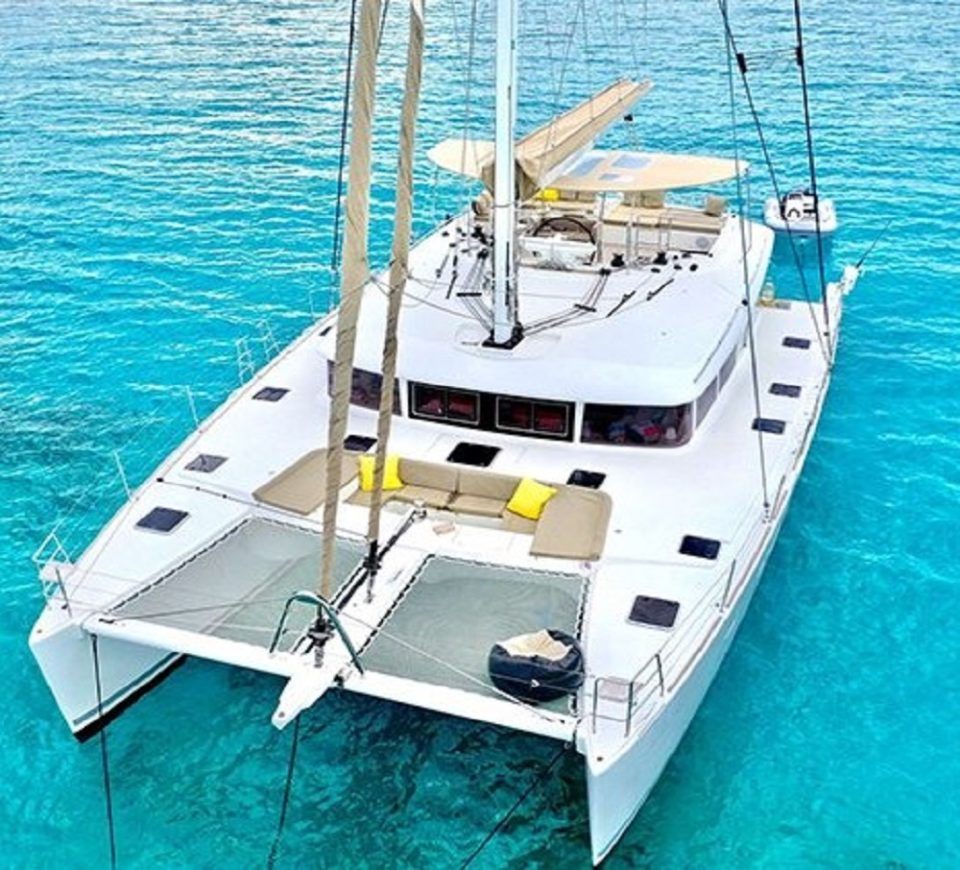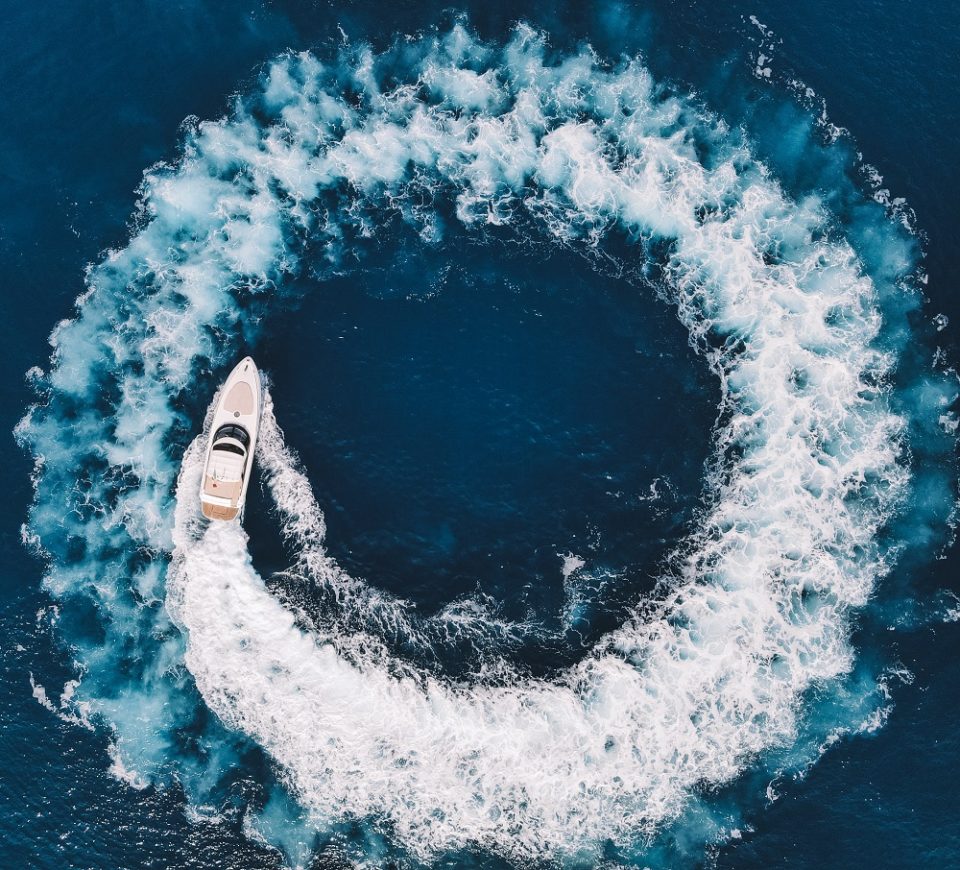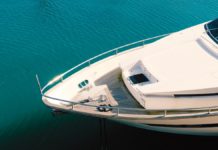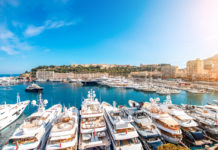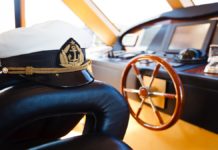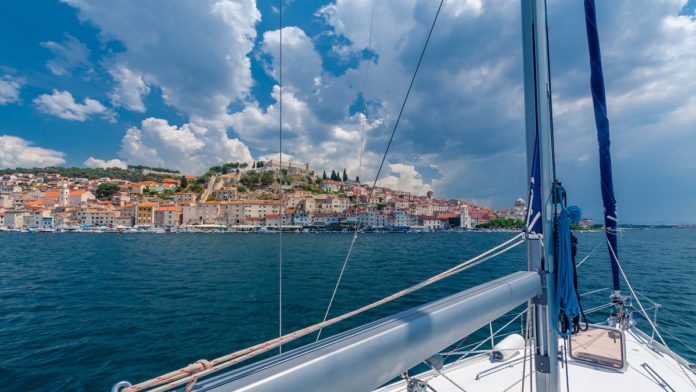
What images come to mind when you think of sailing? – Cocktails, breathtaking beaches, a clear blue sea, and dazzling sunshine. You are correct, too! But there is much more to it; it is a wonderful sport and activity that the whole family can enjoy, from steering to reading charts to trimming sails, from folding ropes and scrubbing the deck.
The allure of sailing and yachting’s luxuries and attractions can make it simple to lose track of reality. Additionally, a lot of people expose themselves to incorrect sailing advice, which increases their fear and concern about sailing. Here are some typical misunderstandings about sailing and what it isn’t! And what you must listen to and what you should not.
#1 Yachting is always expensive
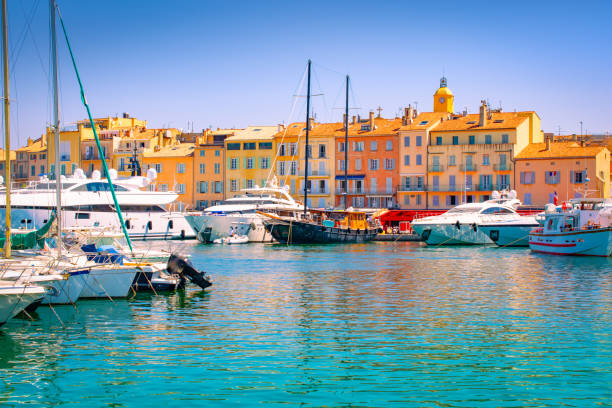
Despite the fact that purchasing a sailboat might be pricey, renting one out is a wholly different and far more accessible option. A charter bareboat can be a cheaper option if you want to go on a sailing vacation.
Moreover, sailing yachts are 30% less expensive. However, owning a boat starts to make sense when contrasted with the season costs for a family at a high-end destination or an equivalent country club. Small boats don’t generally cost more to rent than regular vacations, where you have a lot of planning and reservations to do.
Additionally, the complete expenditure of yachting or sailing trips depends on the destination as well. Also, not all the destinations are expensive. So, while choosing a destination for yachting, go for a location that is affordable while also providing you with ample avenues for enjoyment and adventure.
Read also: How much does it cost to charter a luxury yacht?
#2 Sailboats don’t have space compared to catamarans
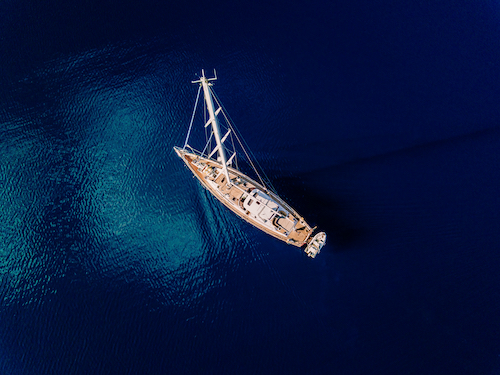
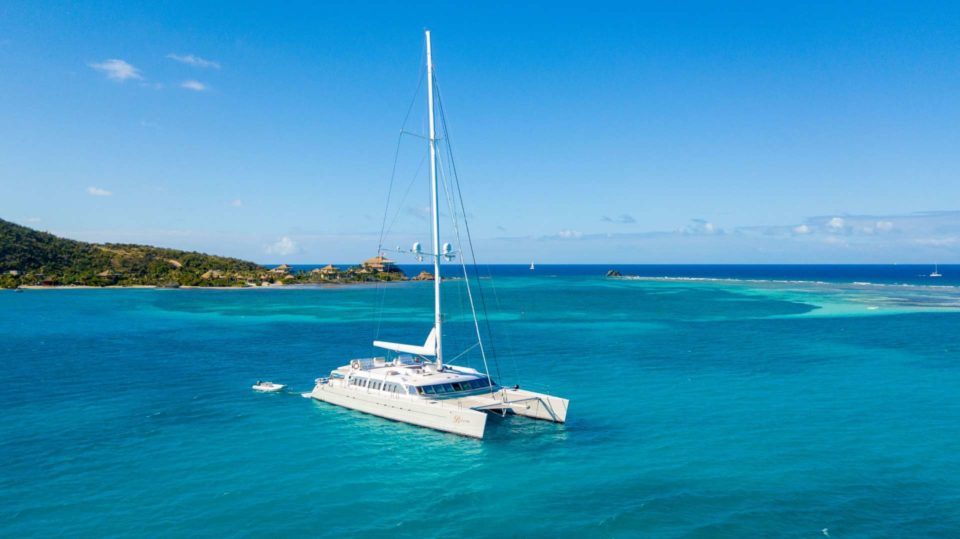
There is no doubt that catamarans have more space in comparison to a sailboat. However, catamarans are not the only options to choose while you are planning a yachting vacation. There are many other choices of sailboats and liveable yachts to explore:
- Sailing yacht
- Motor yacht
- Cabin cruiser boats
- Trimarans
- Trawlers
There are many sailboats and yachts available that are both inexpensive and fun to sail. Your choice of a sailboat is entirely dependent on your group size, whether there are young children or senior passengers, the purpose of your yachting trip, the length of the trip, the location of your sailing or yachting vacation, your budget, its relevance, and, of course, your personal preference.
Read also : Monohull vs Catamaran, which one to choose?
#3 A catamaran isn’t comfortable in choppy waters
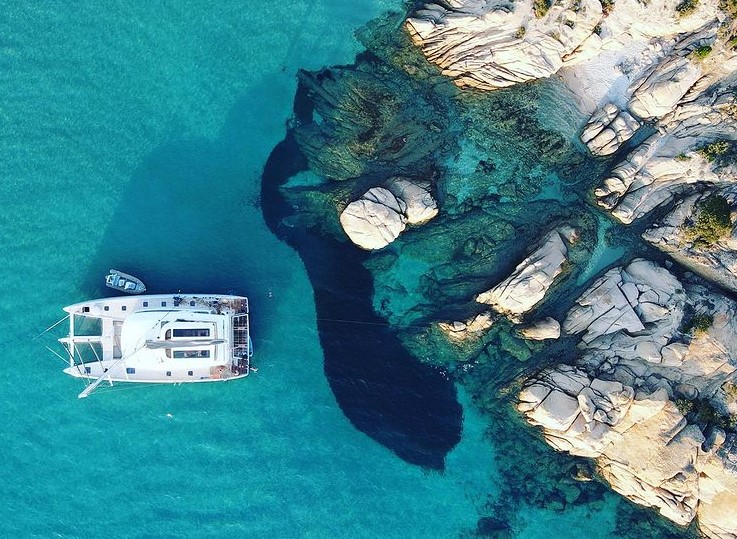
Due to their double hull construction and broad stance, catamarans are safe in choppy waters. They can outrun storms thanks to their quick speeds, small drafts, and ease of maneuverability.
The hulls transform a catamaran into a rather stable floating platform. The ship is also incredibly stable thanks to its wide stance and sturdy structure, which allows it to withstand the relentless hammering motion of the sea. The stability of the boat increases with size.
Thus, there is little to no rocking from wave movement during the voyage. Reefing and sail adjustments become much safer and easier with a sturdy platform, especially in bad weather. You feel less tired, which makes you more alert. Additionally, there is very little chance that someone could sustain serious injuries or fall overboard.
Even if you are stuck in choppy waters on a catamaran, you can easily get out of the situation. Manufacturers of catamarans use a range of structural and design strategies to improve their maneuverability.
Also, catamarans are lightweight boats. They are simpler to steer and manage. As a result, you are more likely to successfully handle the waves effectively and securely if you find yourself in bad weather.
Read also : Lagoon Seventy 7 : The Ultimate Catamaran for your next Private yacht Charter Experience
#4 Heeling on a sailboat will make you sick
This will not be the case if you do not feel any kind of seasickness. People who deal with motion sickness while on a sailboat or yacht can, however, feel more sick when the boat experiences other turbulent conditions like heeling.
Most sickening is the sluggish rocking of sails, especially during heeling. It does make seasickness worse to heel. However, there is nothing to worry about. A specific degree of the heel gives the rudder bite, enables the boat to sail on its lines, and aids in generating lift. When the boat flattens out, it actually gains speed (stops moving sideways) and turns into a more enjoyable ride.
The best way to get away from the fear of getting sick during heeling is to follow any relevant measures that you would probably take while you are feeling seasick.
#5 More power is always better on a Motoryacht
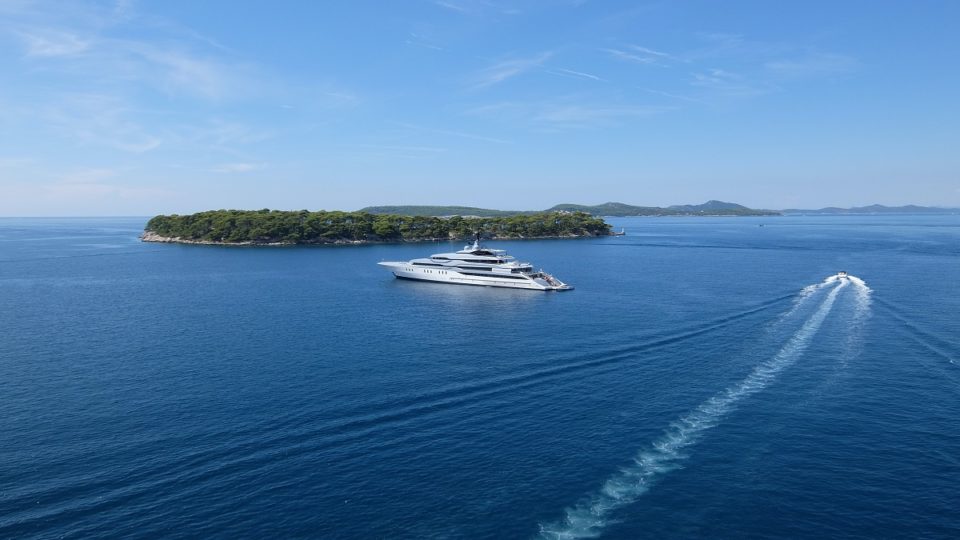
When you are on a yachting trip, speed is always a key factor. On the other hand, you can also achieve great speed on a boat without spending much on huge engines. Also, it is imperative to consider the high fuel prices to avoid going over budget while going for a motor yacht just for the sake of speed. Another significant factor is that, although being less powerful, smaller, lighter boats are practical and not necessarily slower.
Read also : Our selection of the best power multihull for 2022
#6 Always pick a longer yacht over a smaller one
That should not be the case for you because of the following reasons:
- Longer yachts are expensive if you are planning a yachting trip with a reasonable budget.
- Smaller yachts should always be your first option to explore. It is because it will have a small crew size, doing the same tasks but on a budget.
- The larger the size of the boat, the more will be difficulty level of mooring it.
Read also : What Are The Different Parts Of A Sailboat?
#7 You can’t sail upwind on a catamaran
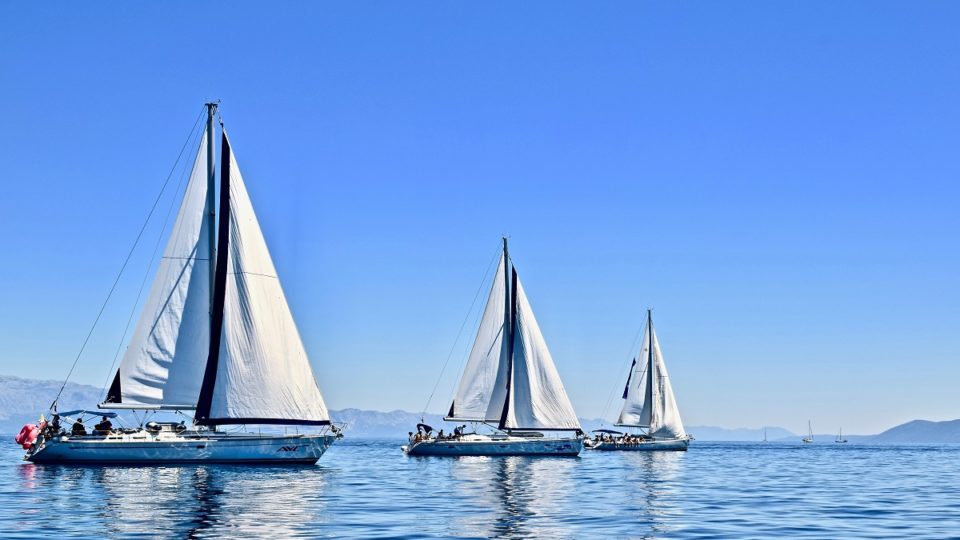
A normal catamaran can sail 45 degrees windward to the true wind and up to 14 knots in optimal circumstances, depending on the size of the boat and the local weather. Results may differ, and numbers may fluctuate in less than perfect circumstances.
Expect a catamaran to go upwind less effectively than a monohull.
You’ll quickly discover that cranking up the motor is a fairly practical approach to get through to your upwind destination easily unless you are sailing a fairly high-performance catamaran.
This is not some sort of defeatist concession. As a captain, it is your responsibility to recognize when your crew is enthusiastic and to provide them with a sense of security. Maintain as much speed as you can for the yacht. Use your chart plotter, follow the lead of nearby boats, and trust your intuition. Make sure the jib cars are placed for maximum effectiveness. You can save more fuel by sailing upwind more effectively.
Read also : How to sail upwind
#8 Owning a yacht comes with endless maintenance costs

Since mooring, insurance, and routine inspections are just a few of the maintenance requirements, purchasing a yacht is an investment that necessitates long-term consideration of the related costs.
Not all yachts are as extravagantly expensive as luxury yachts. Additionally, the maintenance needs of the yachts vary, which ultimately determines the entire maintenance cost.
Alternatively, a more practical choice is yacht charter or fractional yacht ownership, which keeps upkeep costs to a minimum.
Read also : How much does it (really) cost to own a yacht?
#9 Yachting as a family is a bad idea
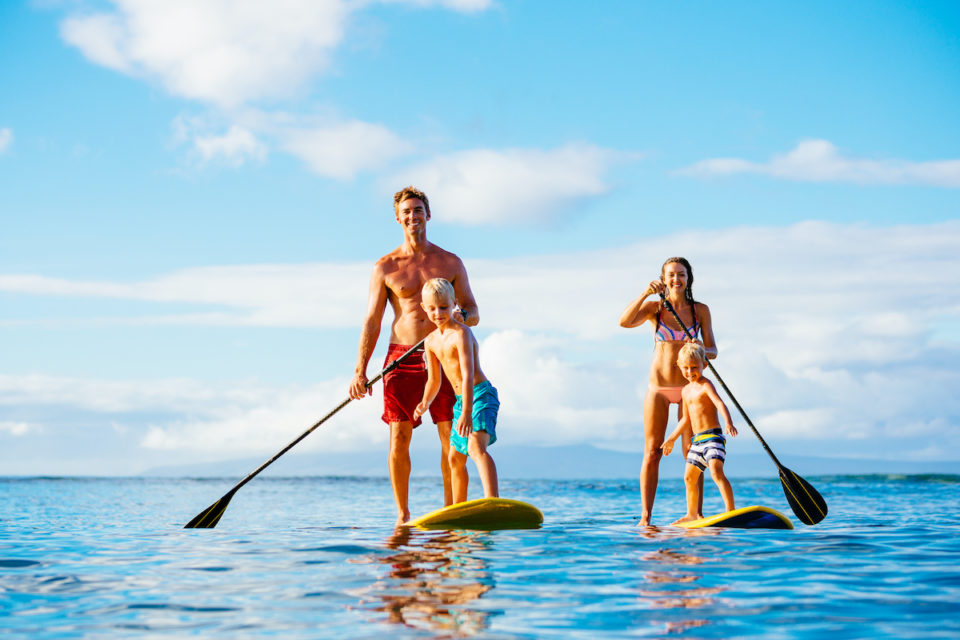
Family sailing promises the possibility of spending quality time together, providing the kids with experiences and memories, and getting close to nature. Family sailing does present some difficulties, though. With proper care, planning, and taking up responsibility, you can easily make a memorable family yachting voyage.
- Engage in water adventure sports together with your family.
- Teach yourself and your kids some life-changing experiences.
- Learn new skills of survival with your family while aboard.
- Never leave the kids alone.
- Familiarize the kids and other family members with all the relevant sailing rules.
- Make clear to the kids that no jumping is allowed while aboard.
Read also: Family Yacht Charter: Everything you should know
#10 You can’t charter a yacht to cross the ocean

It is absolutely possible to cross the ocean with a charter yacht. However, it ought to be of the right size and engine.
Charter yachts which are less than 30 feet long are not suitable for crossing the oceans.
Some of the best yachts to cross the ocean are as under:
- Sailboats
- Trawlers
- Motor yachts
- Cabin cruisers
- Catamarans
The best option for inexperienced sailors who are planning a yachting trip and wish to cross the ocean is the transatlantic yacht charter option. They are of the appropriate size, capacity, structure, amenities, tools, and machines that are capable of handling the ocean conditions.
Conclusion
Keep the most common yachting misunderstandings and myths to yourself now that you are aware of the reality about them, and embark on an adventurous yachting trip instead. Remember to have fun and take advantage of the delights of yachting while adhering to all safety precautions and measures.
- Bali 5.8: The new Flagship Luxury Catamaran from CatanaThe Bali 5.8 catamaran has set new standards for comfort, space, and sailing performance, making it the ideal choice for both private ownership and luxury charters. Created by the renowned… Read more: Bali 5.8: The new Flagship Luxury Catamaran from Catana
- Essential Sailing Knots: The 5 Must-Know Knots for BoatingIn the fascinating world of recreational sailing, mastering essential knots is crucial. Whether you’re an experienced sailor, a sailing enthusiast, or simply curious about the sea, knowing the basic knots… Read more: Essential Sailing Knots: The 5 Must-Know Knots for Boating
- Beginner advice to Sleep (well) on a YachtSleeping on a yacht is an experience many dream of, but it can feel unfamiliar the first time. The gentle motion of the water, the compact space, and the sounds… Read more: Beginner advice to Sleep (well) on a Yacht





